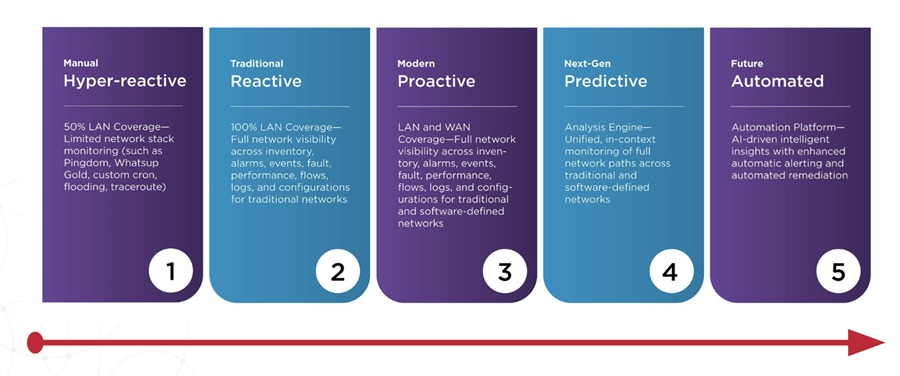The modern customer has come to expect a unique user experience with an emphasis on mobile and digital accessibility. In fact, a recent study, The Agility Trap, conducted by Bizagi, revealed that 79 percent of businesses with high levels of digital change cite changing customer expectations as the key driver for transformation. But that transformation is no easy task. Only 25 percent of businesses globally are highly agile, revealing that there is room for improvement across regions when it comes to incorporating fresh strategies and processes.
Companies need to make a big leap forward in digital to gain a competitive edge before they are too far behind to play catch-up. After all, 75 percent of respondents think that providing a customer experience that meets the immediate needs and reflects the circumstances of the individual is key to staying ahead of the pack.
That being said, the research also revealed that 87 percent of businesses still find digital transformation to be a strategic challenge, in which they get stuck in an "agility trap." An agility trap occurs when businesses seeking rapid digital transformation come out of the gate too quickly and get stuck due to organizational or technological complexity. Fortunately, if businesses recognize the common risk factors and develop a plan accordingly, they can avoid these all too common pitfalls.
Understanding Company Weaknesses
Businesses embarking on a digital transformation journey often come across several warning signs that, when ignored, can spell disaster. Failing to identify the following risk factors and address them internally can slow down digital transformation or bring the entire process to a standstill:
1. Lack of internal collaboration: In order to kick-start an external digital transformation, internal teams need to be on board. Driving change across the employee and internal user base is one of the key "transformation drivers," but it can easily be derailed by a lack of collaboration within a business. Over 50 percent of survey respondents believe that they are either resistant to or have mixed views towards transformation and change, which multiply the chances of hitting roadblocks during the process.
2. Lack of leadership knowledge: Transformation strategies are often formed at the leadership level where customer expectations are analyzed. However, leadership often lacks the necessary knowledge of internal processes to develop a strategy and pass it down to others in the organization, thereby halting the process before it even begins. Instead, organizations should approach digital transformation by building an integrated team with stakeholders from a range of levels.
3. Lack of agility in IT: Finally, one of the greatest risk factors is a lack of agility within the IT department. If IT leadership is unable to rapidly and easily incorporate new internal technologies and methods, or respond to changing business conditions in a timely manner, it can pull an entire business into a digital transformation slump.
Overcoming Cultural Resistance to Change
Every business has a unique corporate culture, but an overwhelming number of businesses encounter cultural resistance along their path to digitize. For as many people in support of transformation and change, there are nearly as many who are hesitant and view change as a threat.
The research revealed that even when many digital projects are already in place, 44 percent of respondents said that there was still internal resistance at play. Change can be risky, but when it comes to digital transformation, meeting customer expectations and keeping up with industry trends is worth the gamble.
Planning the Path to Success
In order to ignite a successful digital transformation, businesses need to recognize the risks and avoid those pitfalls along the way, all while keeping success factors and benchmarks in mind. Turning a potential agility trap into an "ignition switch" for transformation strategy can keep a business on track. Looking at the potential risks, the ignition switches businesses need to turn on are strategic clarity, responsive processes and business alignment.
It is impossible to mitigate all risks before embarking on a program of systemic change, therefore, a business must be able bend and pivot in response to unexpected issues that arise with budget, leadership engagement or internal rifts. Collaboration needs to occur across traditional organizational "silos." When IT leaders and members of the executive suite align on their overall vision and transformation tactics, they create the healthy environment that's required to evolve for digital business.
Gustavo Gómez is CEO of Bizagi.


